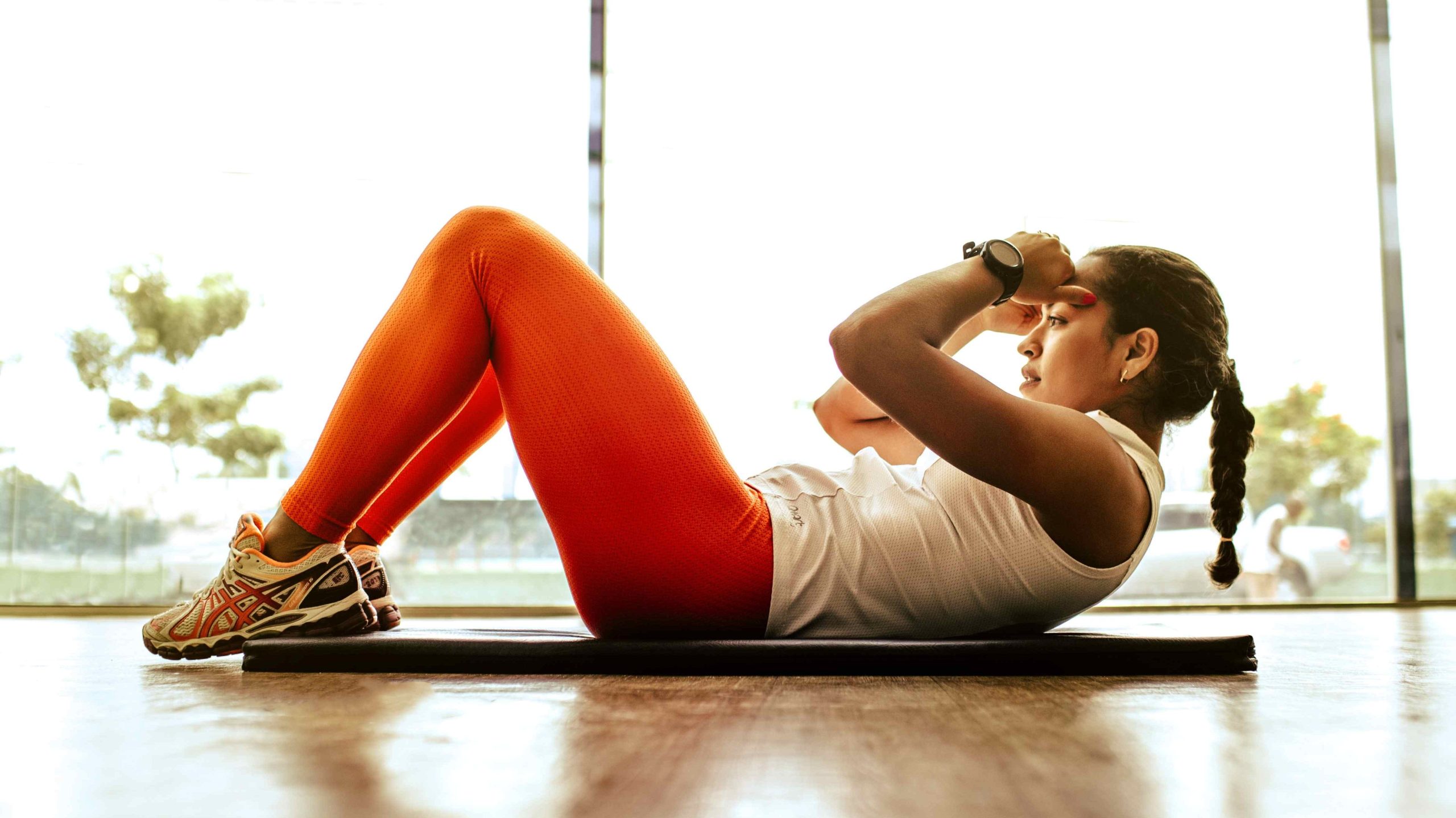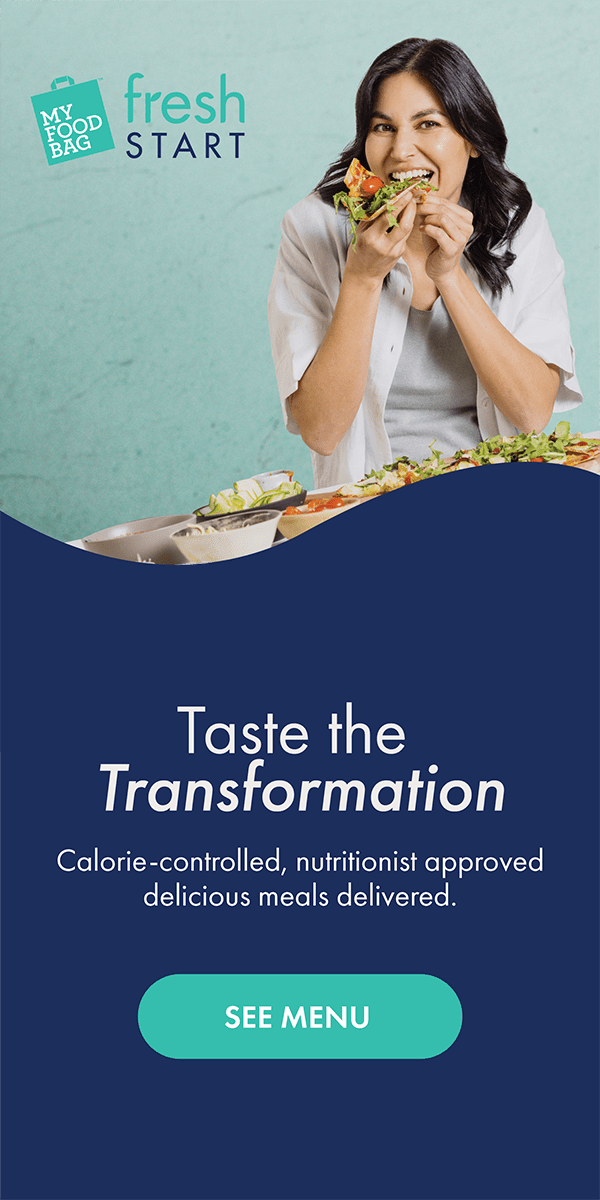When we think about achieving our health goals, we can often have a single focus on weight loss. But when people say they want to “lose weight,” they typically mean they want to shift their body composition and feel stronger. Below we’ll cover how you can make protein and strength training part of your routine to build a body that is leaner, stronger, and healthier for the long term (1).

Why muscle matters
If you cut calories without paying attention to protein or exercise, you risk losing muscle along with fat. We want to avoid this as muscle does far more than shape your body (2).
Muscle also helps to:
- Support a healthy metabolism
- Keep your energy levels steady
- Protect your bones and joints
- Help you stay strong, mobile, and independent as you age
The good news is that with the right approach, you can protect and even build muscle while losing fat.
What is ‘recomposition’
Body recomposition is reducing fat while maintaining or even building muscle. It is the key to feeling strong, energised, and healthy for the long term (1).
Two habits make the biggest difference: eating enough protein and doing regular resistance training. These habits help to protect your body, boost your energy, and support your health long into the future.
How much protein do you need?
Protein provides the building blocks your muscles need to repair and grow. The general adult recommendation is 0.8 g per kilogram of body weight per day (3). However, higher intakes of 1.2 to 1.6 g/kg/day are often recommended during weight loss to support fat loss and body recomposition (4).
For example, a 70 kg person may aim for 84 to 112 g of protein per day. The key is to spread this evenly across the day, aiming for around 20 to 30 g of protein at each meal to best support muscle repair and growth (5).
It is often easy to reach this at dinner, but breakfast and lunch are just as important.
Try adding protein-rich foods to your meals like:
- Eggs
- Greek yoghurt, cottage cheese or ricotta
- Lean meats, chicken or fish
- Tofu, tempeh, or legumes like chickpeas, lentils or kidney beans
- Nuts and seeds
If you are short on time, a protein shake made with at least 20g of protein can be a helpful back-up option too.

The role of resistance training
Protein provides the raw materials, but resistance training is the signal that tells your body to hold on to muscle (6). Together, they are the ultimate duo for body recomposition.
Aim for two to three sessions of resistance training per week, at least 30 minutes each session (7). This does not have to mean lifting heavy weights in a gym. You can use:
- Bodyweight exercises (squats, push-ups, lunges, planks)
- Resistance bands
- Dumbbells or kettlebells
- Functional moves that mimic daily life, like step-ups or carrying groceries
If a full workout feels overwhelming, break it into short sets throughout the day. For example: 10 squats in the morning, 10 lunges at lunch, and 10 push-ups in the evening.
As you get stronger, gradually increase the weight or resistance. When starting out, consistency is more important than intensity.
Aerobic activity
Resistance training is vital for muscle, but aerobic activity is important too. Aim for at least 150 minutes of moderate physical activity per week (7). This can include walking, jogging, cycling, or anything that raises your heart rate. Cardio supports overall health, fat loss, and mental wellbeing.
The best approach is a mix: regular resistance training plus daily movement.
Challenge yourself
This week focus on combining your dietary intake of protein with strength-based exercise.
Here are a few ideas:
- Build each main meal around a protein rich food aiming for 20-30g protein
- Boost your breakfast with Greek yoghurt, eggs or a protein-rich smoothie
- Snack smart with roasted chickpeas, boiled eggs or cottage cheese on crackers
- Schedule two strength-based resistance training sessions into your week i.e. body weight, free weights, resistance bands etc
- Add a burst of movement into your daily routine (i.e. squats, lunges, push-ups). Think about habits that you already do like your morning shower or while dinner cooks.
- Meal prep a protein-rich lunch that will last you a few days at the start of the week, so you are ready on busy days
- Choose Fresh Start high protein meals (they contain at least 40g protein per serve!)
- Try this simple home workout where no equipment is needed:
- Squats (or sit-to-stands from a chair): 3 sets of 10–15 reps
- Push-ups (against a wall or bench if needed): 3 sets of 10–12 reps
- Glute bridges: 3 sets of 12–15 reps
- Plank hold: 3 sets of 20–30 seconds

References:
- Barakat C et al. Body recomposition: can trained individuals build muscle and lose fat at the same time? Strength Cond J. 2020;42(5):7-21.
- Wolfe RR. The underappreciated role of muscle in health and disease. Am J Clin Nutr. 2006;84(3):475-82.
- National Health and Medical Research Council, Australian Government Department of Health and Ageing, New Zealand Ministry of Health. Nutrient Reference Values for Australia and New Zealand: Protein. Canberra: NHMRC; 2006.
- Phillips SM et al. Protein “requirements” beyond the RDA: implications for optimising health. Appl Physiol Nutr Metab. 2016;41(5):565-72.
- Schoenfeld BJ et al. How much protein can the body use in a single meal for muscle-building? Implications for daily protein distribution. J Int Soc Sports Nutr. 2018;15:10. doi:10.1186/s12970-018-0215-1.
- Jones DA et al. Physiological changes in skeletal muscle as a result of strength training. Exp Physiol. 1989;74(2):233-56.
- Brown WJ et al. Development of evidence-based physical activity recommendations for adults (18-64 years). Canberra: Australian Government Department of Health; 2012.

